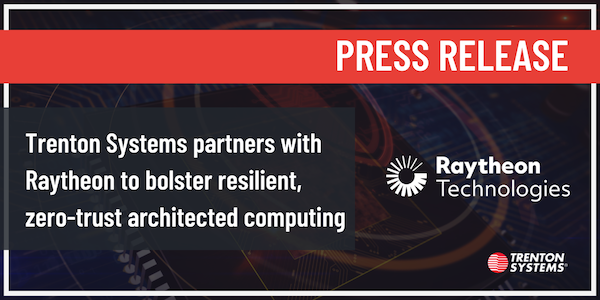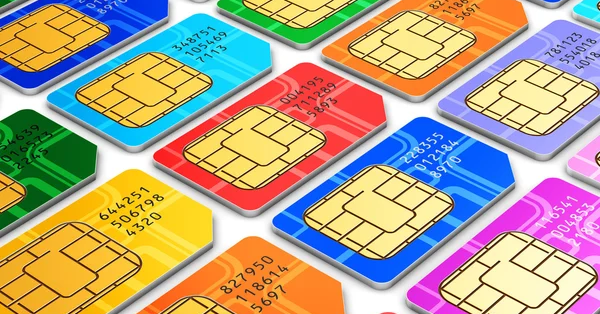Five Common Challenges Posed by Air Gaps, and How They Can Be Solved
by Christopher Trick on Mar 28, 2023 3:56:13 PM
While air gaps are a reliable means of protecting against cyberthreats, there are several challenges associated with their use that may warrant investing in additional measures to secure computing and network architectures. In this blog, you'll learn more about what air gaps are, the …
Virtualization vs. Containerization: What's the Difference?
by Christopher Trick on Mar 24, 2023 2:16:53 PM
As systems across the commercial, military, and critical infrastructure sectors become increasingly software-based, virtualization and containerization will play a key role in their implementation. In this blog, you will learn more about the differences between virtualization and cont …
What is mixed criticality?
by Christopher Trick on Mar 24, 2023 10:53:00 AM
Systems for the military, DoD, and critical infrastructure sectors run complex applications and services with different levels of criticality. This requires that workloads be isolated from one another to reduce interference or intrusion. In this blog, you'll learn more about what mixe …
What is an FPGA (Field Programmable Gate Array)?
by Christopher Trick on Mar 24, 2023 10:51:57 AM
Due to the complex, data intensive nature of HPC workloads, computing infrastructures must be equipped to accelerate and enhance these tasks while being tailored to an end user's application needs. In this blog, you'll learn more about what an FPGA is, how it works, various use cases, …
Integrating SATCOM with 5G: What You Need to Know
by Christopher Trick on Mar 24, 2023 10:50:21 AM
While 5G offers high-speed wireless connectivity with low latency, it has certain limitations that make it less suitable for long-distance military communication and data transfer needs. In this blog, you'll learn more about why SATCOM is being integrated within the 5G ecosystem, how …
Trenton Systems partners with Raytheon to bolster resilient, zero-trust architected computing
by Christopher Trick on Dec 15, 2022 10:58:19 AM
What is Compute Express Link (CXL)?
by Christopher Trick on Dec 5, 2022 10:09:33 AM
As the amount of available data increases, compute architectures must evolve to help data centers pr operly handle this information. In this blog, you'll learn more about CXL, its functions, and how it enhances computing in real-time.
The Ultimate Guide to 5G Edge Computing: Applications, Technologies, and Solutions
by Yazz Krdzalic on Nov 28, 2022 9:56:58 AM
The modern technological landscape is changing daily due to increased interconnectivity and a large amount of available data. This data must be processed, analyzed, sent out to a network, and then to a user device within a matter of seconds. This is where 5G comes into play. In this b …
Low vs. Mid vs. High 5G Frequency Bands: What's the Difference?
by Christopher Trick on Nov 17, 2022 8:02:10 AM
Within the world of 5G, devices communicate with one another via radio waves, which are carved up into sections called frequency bands. These bands, however, vary in speed and coverage. In this blog, you'll learn about the types of 5G frequency bands, how they differ, and how Trenton' …
What is a SIM (Subscriber Identity Module) Card?
by Christopher Trick on Nov 15, 2022 1:38:13 PM
As the amount of available data increases and devices become more interconnected, networks must deal with an increasing number of users, all of which must be properly identified and connected to these networks. In this blog, you'll learn more about what a SIM card is, how it works, th …
/Trenton%20Systems%20Circular%20Logo-3.png?width=50&height=50&name=Trenton%20Systems%20Circular%20Logo-3.png)









